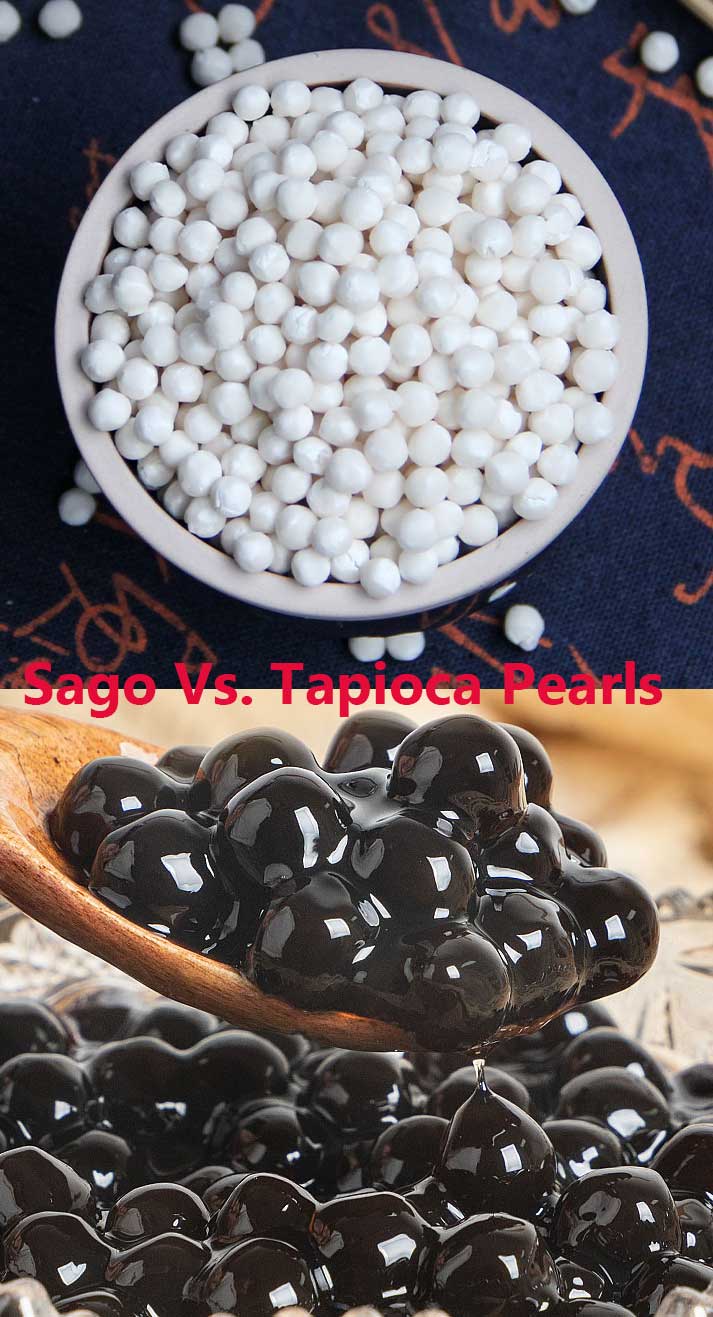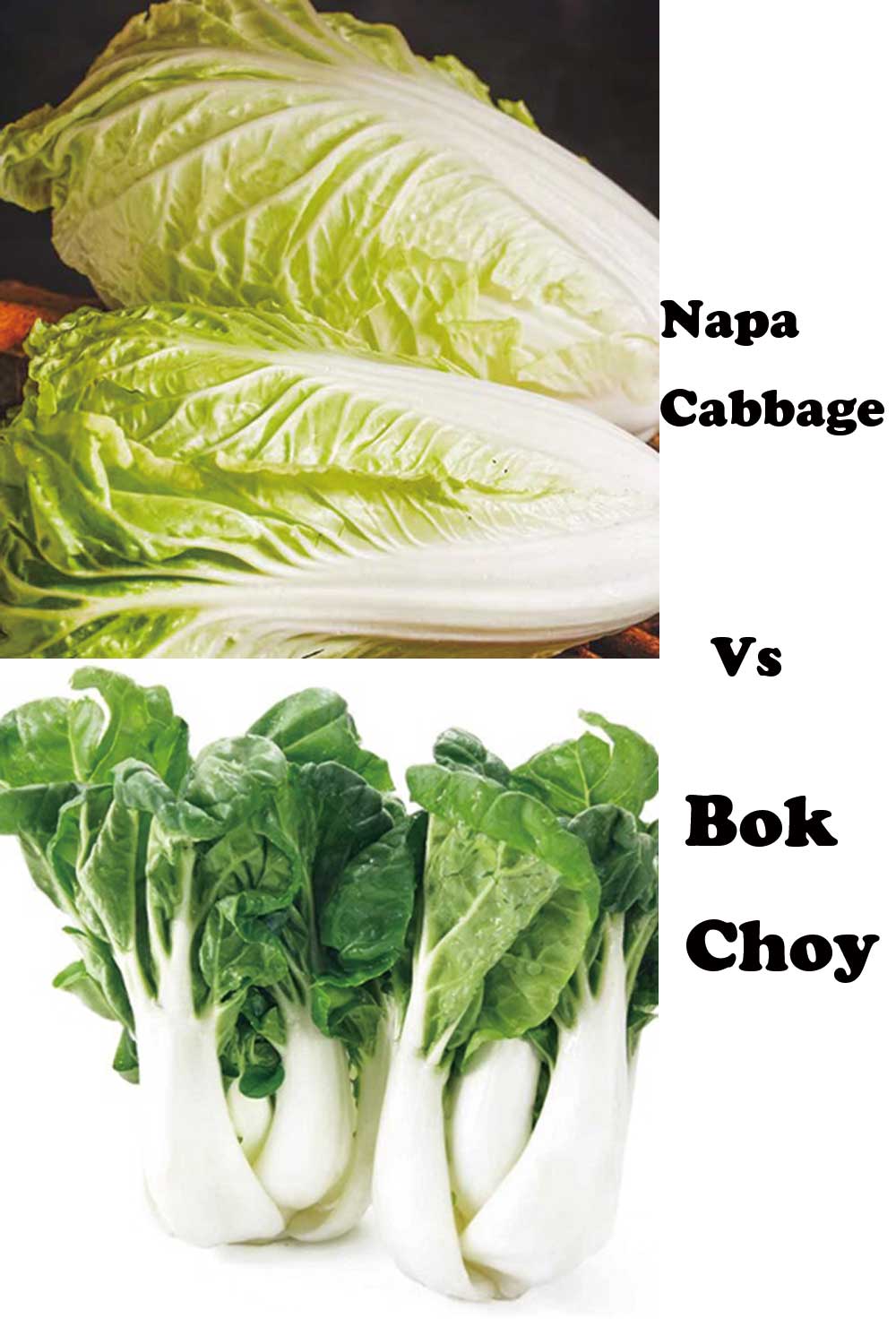We often see several recipes incorporating tapioca or sago pearls for a different kind of texture and feel. These pearls make every bite a chewy experience that melts in your mouth. Whether you are making a dessert or drink, you can add pearls for a more delightful presentation and taste.
However, did you know that tapioca and sago are completely different? Yes, both tapioca and sago are different types of pearls that are often interchanged in recipes. So, what’s the difference between the two and can they be used interchangeably for a recipe?
You are about to find out in this detailed guide! This guide covers the key differences and similarities between tapioca and sago pearls in terms of the following characteristics:
- What it is made from
- Size and color
- Flavor and texture
- Cooking method
- Serving suggestions
- Nutritional benefits
Moreover, you will also learn about their overall pros and cons. All these aspects are summarized in the summary table I created below for your easy reference.
What Is It?
Tapioca Pearls
Tapioca pearls are refined starch derived from cassava root, a tropical tuberous root plant commonly found in South America and native to Brazil.
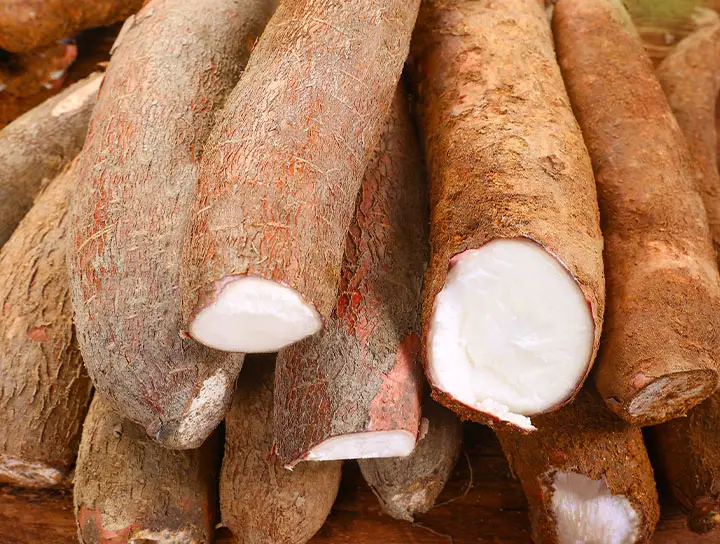
cassava root
It is extracted from the root plant and turned into flour, eventually becoming small white pearls.
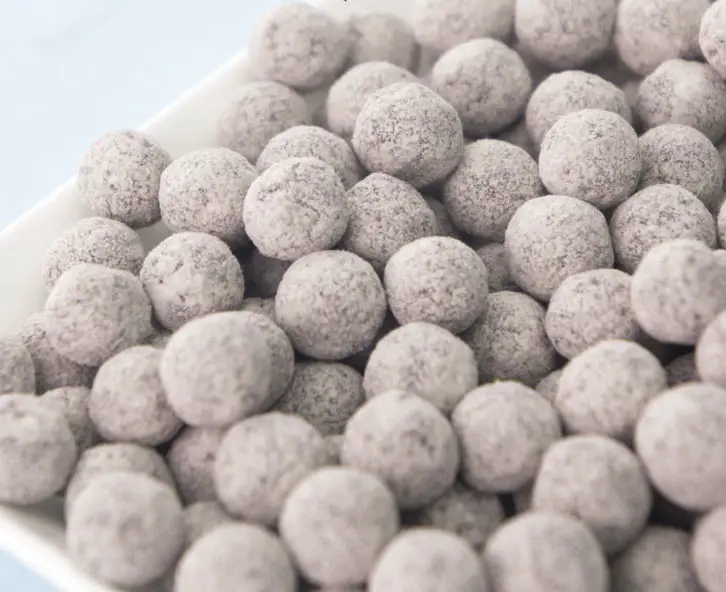
Tapioca is typically sold as the cheaper version of sago. Since it is cheaper, it is easier to find and buy tapioca pearls in stores.
These are usually factory-made. For this reason, you will notice that the pearls are almost perfect in shape.
Sago Pearls
On the other hand, sago is extracted from tropical sago palm trees. It is made from unrefined starch taken from the tree’s pith or center.
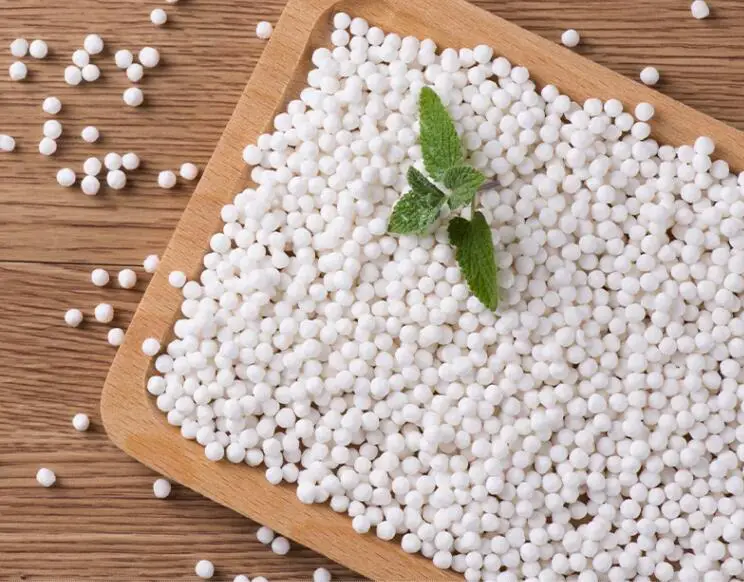
The tree is commonly found in Southeast Asia, specifically Indonesia and Malaysia. Sago pearls are generally more expensive to produce since sago palm trees take about 10 years to mature.

sago palm trees
Unlike factory-made tapioca pearls, sago pearls are usually manually rolled onto a flat bamboo sieve and dried out. As a result, the shape is often uneven and not perfect in shape.
Size And Color
Real sago pearls are usually off-white, between brown to pink in color and about 2mm in diameter. On the other hand, tapioca pearls are commonly white but may be colored as well such as brown.
The size of tapioca may vary depending on purpose, ranging between 1mm to 8mm in diameter. Generally, tapioca pearls are 2mm to 3mm.
The bottom line, both tapioca and sago pearls come in various sizes and colors. Both types usually take their natural color made from starch. If there is added color, it is usually only for decoration purposes.
Flavor And Texture
When it comes to flavor and texture, there aren’t any noticeable differences at all. Both are soft and chewy similar to mochi or gummy bears, but you may notice that tapioca pearls are a bit more rubbery than sago pearls. This is because tapioca pearls are more dense than sago pearls.
On the other hand, sago pearls are more delicate and tend to crumble easily when chewed. This is the same for dried and uncooked sago pearls. When you try to bite or crush uncooked sago pearls, it breaks apart easily into powder compared to uncooked tapioca pearls.
As tapioca and sago pearls are made from starch, you can expect a neutral taste since starch is often just a tasteless powder. The pearls only take their flavor from the other main ingredients of the dish or drink thanks to their absorbent properties.
Cooking Method
The cooking method of sago and tapioca pearls are generally the same. Both are boiled in a pot of water and then cooked on low heat while continuously stirring. Continuous stirring is important to prevent the pearls from sticking together.
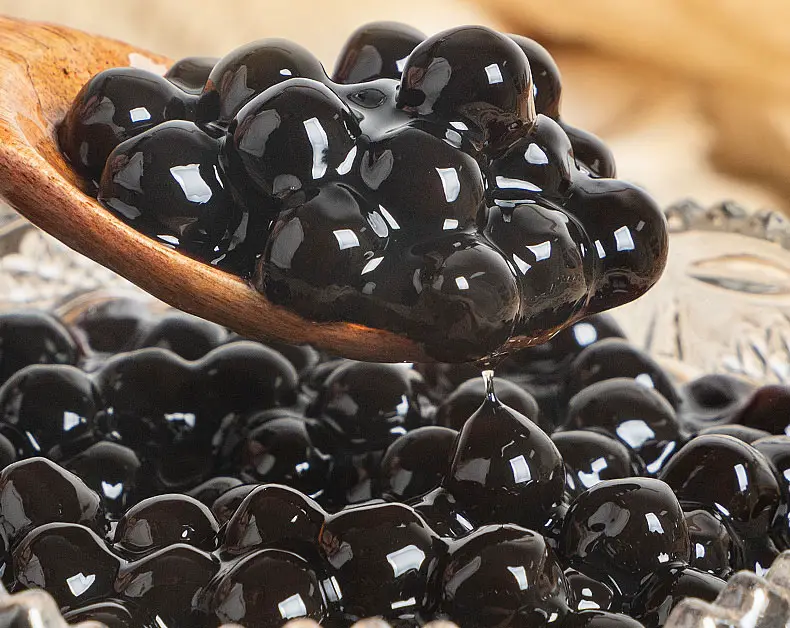
Once cooked, the pearls should expand and be bigger in size. It will turn into soft and chewy pearls from dry little balls.
As for the cooking time, some suggest that tapioca pearls need more time to cook since they are denser, while sago pearls cook faster because they are less dense. Here is a summary of how they are both cooked:
- In a cooking pot, bring water to a boil.
- Add the sago or tapioca pearls and cover the pot with a lid.
- Turn the heat to low and continuously stir the pearls.
- The cooking time can be up to 15 minutes or until the pearls are translucent and soft. (It depends on the type and size you are using.)
- Once cooked, turn off the heat and allow it to cool down in hot water.
- Drain and take the pearls using a ladle strainer.
- Lastly, rinse the pearls in cold water and set them aside for your main dish or drink.
Serving Suggestions
Tapioca and sago pearls are both used the same way and can be substituted for any recipe. The only reason why tapioca pearls are more desirable is because they are more accessible and cheaper than the real sago pearls.
For bubble tea drinks with large pearls, tapioca pearls are a better option since they are more intact and do not break apart easily. In addition, sago pearls don’t typically come in large sizes.
It may not be a good addition to bubble tea drinks since they crumble easily as well. Nevertheless, sago pearls can still be used for drinks like bubble tea if you don’t mind the crumbly texture and small size.
Whether you are using tapioca or real sago pearls, you can use it for bubble teas, desserts, and puddings. For instance, you can make a sweet and refreshing Mango Pomelo Sago Dessert 楊枝甘露 made with pomelo pulps, mangoes, and coconut milk. If you love pudding, try it with this super easy recipe for Mango Sago Dessert (Mango Tapioca Pudding), and Chinese Coconut Pudding.
Make a cooling drink by adding sago or tapioca pearls and your choice of milk with the Winter Melon Tea recipe.
Nutritional Benefits
Which is better in terms of nutritional benefits? Well, both are just starch made up of carbohydrates. For every 100g, sago has 83 grams of carbohydrates, while tapioca has 88.7 grams of carbohydrates.
Both tapioca and sago pearls have less than 1 gram of protein, fat, and fiber. In terms of energy per 100g, sago contains 332 kcal and tapioca contains 358 kcal.
Both types can provide energy but are deficient in essential nutrients.
You can use either tapioca or sago as a substitute for gluten-containing ingredients since they are both grain-free and gluten-free. Whether in starch or pearl form, it is a great alternative for those who are allergic or sensitive to foods containing grain, gluten, or wheat.
Let’s Compare! Sago Vs. Tapioca Pearls
Here’s a brief rundown of the main differences and similarities between sago vs. tapioca pearls. Use the summary table below for an easy reference and a quick comparison between the two types.
Summary Table of Sago Vs. Tapioca Pearls
| Characteristics | Tapioca | Sago |
| What Is It? | Refined starch from cassava root | Unrefined starch from sago palm tree |
| Process | Usually made in factories | Made manually by hand |
| Size | 1mm to 8mm in diameter but commonly 2mm to 3mm | Commonly 2mm in diameter |
| Shape | Almost perfect in shape | Often uneven and not perfect shape |
| Color | Usually white but can be colored as well | Usually off-white between brown to pink |
| Flavor | Neutral | Neutral |
| Texture | Soft and chewy (a bit rubbery to chew) | Soft and chewy (delicate and easily crumbles when chewed) |
| Cooking Method | Boiled and drained (May cook longer) | Boiled and drained (May cook faster) |
| Serving Suggestions | Can be substituted for any recipe | Can be substituted for any recipe but may not be a good choice for bubble tea since they do not come in large pearls and crumble easily. |
| Nutritional Benefits | Per 100g
|
Per 100g
|
| Pros And Cons |
|
|
The Bottomline
Is one better than the other? If you plan to make desserts or drinks with pearls frequently, then tapioca pearls are definitely the better option since they are more accessible in stores and are cheaper.
However, if you prefer a more authentic Southeast Asian recipe, then go for real sago pearls.
Be careful when buying real sago pearls since some tapioca pearls are often labeled and marketed as “sago” pearls. You may also find packages with “tapioca sago pearls” or just “sago pearls”. If you are in doubt about the pearls you are buying, simply read the ingredients list and check if it is made from tapioca or sago.
The price of the package may also already give you an idea if it is tapioca or sago imitation if it is cheaper. I can’t tell you exactly the price since it varies per country. Then again, it is actually difficult to find and buy real sago because of the limited availability in the market.
Can’t wait to try tapioca or sago pearls? Why not use them in these simple and easy-to-follow recipes:
Leave a comment below on how you use tapioca or sago pearls. For more informative guides like these, follow Kitchen Misadventures on Instagram and Tiktok! Discover savory dishes and sweet desserts through my social media accounts. It’s also where I post tutorial videos on making each recipe.

